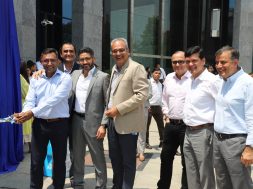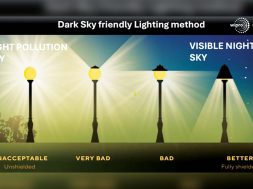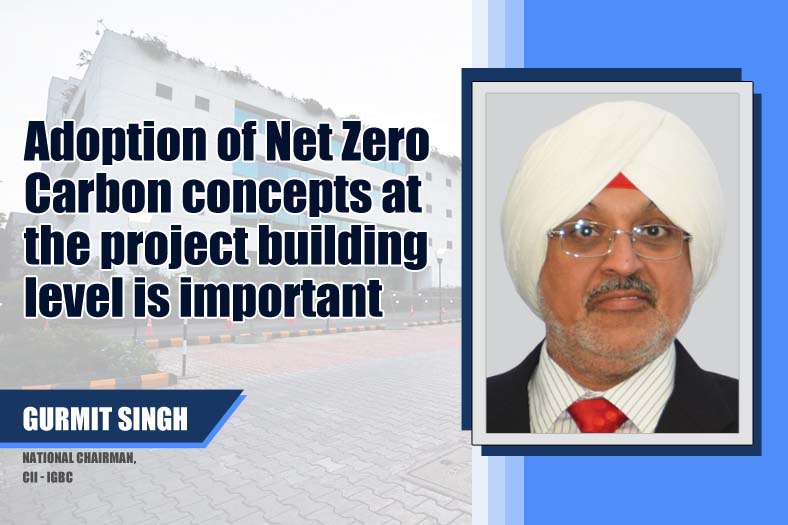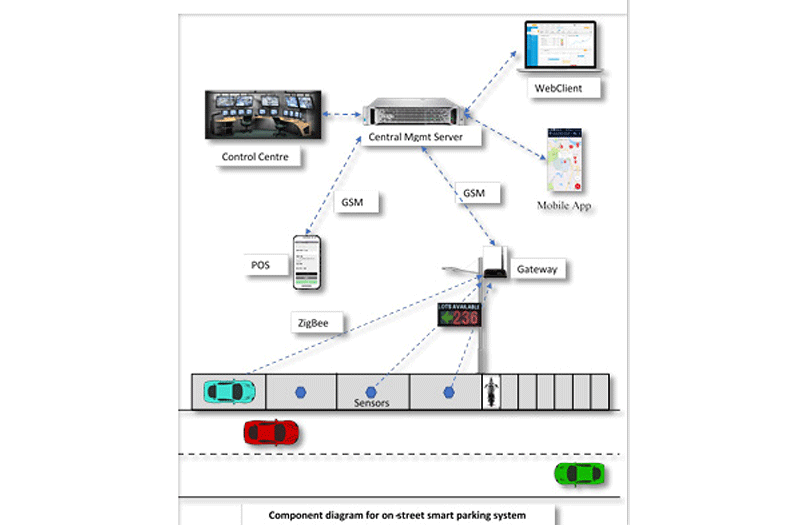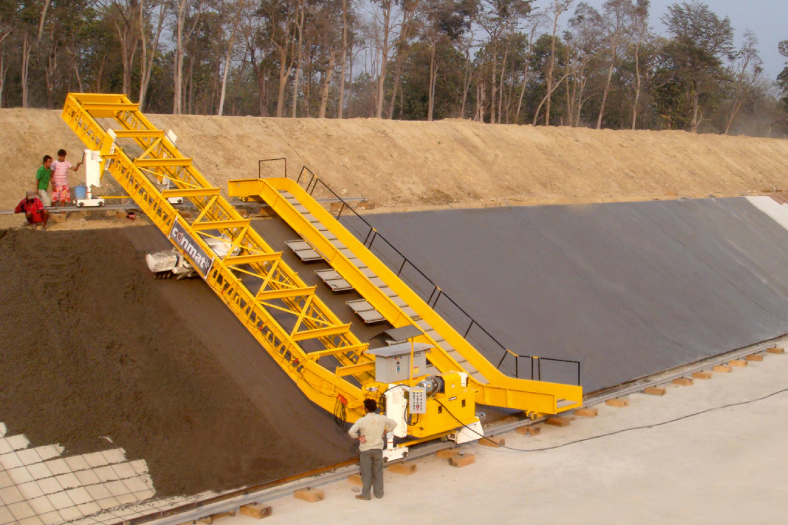Interlinking of Indian Rivers – Myths, Facts and Problems
The Supreme Court had directed the Govt. of India last February to take steps for implementing the project of interlinking of Indian rivers. With the prospect of large-scale draught across the country, the issue takes a centre-stage
Now that spectre of severe draught is looming large in large part of India, there will be talk of relief measures and inevitably, the public discourse will turn to long term measures to combat such eventuality in future. One of the oft touted long term measures is interlinking the perennial Himalayan rivers to the seasonal rivers of peninsular India.
Earlier, in February this year, the Apex Court directed the Centre to take steps to implement the project of interlinking of rivers. Somehow, our mainstream media did not take much notice of this development. But with the worry caused by a deficient monsoon, one can expect a host of experts and activists and sundry do-gooders to flog the issue in the coming days.
But first, some of the misinformation on the subject needs to be swept aside. While previous NDA Government and the then Prime Minister Atal Behari Vajpayee deserve praise for pursuing this project, it was not their idea. Lord Dalhousie, who was Governor-General of India from 1848 to 1856, first mooted this idea of linking the perennial rivers of the Indo-Gangetic plains to seasonal rivers of the peninsular India by a network of canals. At his behest, Arthur Cotton, a Civil Engineer with the East India Company (who was later knighted for his services) prepared a detailed scheme. He even identified a location in Bihar for lifting the surplus waters of the Northern Rivers to the Deccan plateau.
Lord Dalhousie strongly recommended this scheme to the Court of Directors (as it was called then) of the East India Company. He argued that a country of India’s size and population needed a reliable means of conquering the recurring cycle of floods and famine causing untold misery. Such a scheme would also enable transport of people and goods.
East India Company Shoots Down the IdeaHowever, the directors of the EI Company had other ideas. That was an era of feverish railway building in Britain and already a number of companies were formed for building railways all over the British Empire, particularly in India. Companies were also formed for producing locomotives, coaches, wagons, rails and everything else that the expanding railway networks needed. All the directors of the EI Company were also directors of many of these companies. They saw the network of canals that Lord Dalhousie was advocating as a threat to their railway ventures and shot down the proposal.
Lord Dalhousie had to accept the fait accompli which he did with grace and turned his boundless energy to building railways in India. He demanded that 7 ft 6 inch gauge should be adopted for a continent-size country like India. The EI Company wanted him to adopt the standard gauge of 4 ft 8½ inch that had been used in British railways so that British manufacturers of locos, coaches etc. would benefit from economy of scale.
The matters came to a head and finally British Government appointed Sir Alexander Simms as a one-man committee to resolve the issue. As usually happens with all the committees, this committee recommended a compromise in the form of 5 ft 6 inch gauge for India which eventually came to be known as the ‘Broad gauge.’
Thus, India acquired the largest railway gauge and one of the largest railway networks in the world but missed out on the canal network interlinking India’s rivers.
The Idea was Resurrected by Dr. KL RaoMore than a century later, the then Union Irrigation Minister Dr. KL Rao, who himself was a renowned Civil Engineer and an irrigation expert, resurrected this scheme and brought it on the centre-stage. The then Prime Minister, late Indira Gandhi also evinced interest in the scheme. But as often happens in our country, the issue was soon forgotten once Dr. Rao ceased to be the Minister.
Latest StatusThe Ministry of Water Resources (MoWR) (erstwhile Ministry of Irrigation) had formulated a National Perspective Plan (NPP) for Water Resources Development as early as 1980 envisaging inter-basin transfer of water from surplus basins to deficit basins/areas which comprises two components, namely, Himalayan Rivers Development Component and Peninsular Rivers Development Component. The National Water Development Agency (NWDA) was set up under the Ministry of Irrigation in 1982 for carrying out various technical studies to establish the feasibility of the proposals of NPP and to give concrete shape to it. NWDA has already identified 14 links under Himalayan Component and 16 links under Peninsular Rivers Component. Out of these, Feasibility Reports of 14 links under Peninsular Component and 2 links under Himalayan Component (Indian portion) has been prepared. (Source: PIB)
Practical Problems GaloreWhile interlinking of rivers is technically feasible, the practical problems will prove daunting, indeed insurmountable. First of all, the project will require enormous quantity of excavation and filling. It will also involve massive structures like bridges and aqueducts across man-made and natural obstacles not to speak of barrages, silt excluders, ventury flumes etc. All these will require masonry and concrete. This will require quarrying for stones and aggregates. Concrete structures will require steel and cement leading to large-scale mining of iron ore and gypsum respectively. Production of steel and cement consumes coal in large quantity. Finally, Deccan plateau being at a higher elevation than the Indo-Gangetic plains, enormous quantity of water will have to be pumped. We will require dedicated ultra-mega power plants burning huge quantities of coal for this purpose with its attendant problems of logistics. Emissions from these plants and disposal of fly ash will pose additional challenge.
Of late mining has become a subject of major controversy. Thus, mining for iron ore, gypsum and coal just to meet the needs of this project can hit obstacles.
In recent years, environmental lobbies have come to acquire enormous clout. The Ministry of Environment and Forests and the Apex Court itself has been very strict and proactive on various environmental issues.
Rehabilitation of Project-affected PeopleA project of such gigantic scale will involve land acquisition and eviction of a large number of people from their homesteads. The record on the front of compensation and rehabilitation in the past has evoked strong criticism. One can easily visualise the problems that will be encountered while executing the projects associated with interlinking of rivers.
It remains to be seen whether the political leadership of the country will be able to tackle all these problems.
Dinesh Nayak, Dy. Gen. Manager – Technical & Marketing, B. E. Billimoria & Co. Limited. The author is a Civil Engineer and is a keen student of contemporary issues. He works with B. E. Billimoria & Co. Ltd., a leading civil engineering construction contractor. The views expressed in this article are his personal.
Cookie Consent
We use cookies to personalize your experience. By continuing to visit this website you agree to our Terms & Conditions, Privacy Policy and Cookie Policy.
